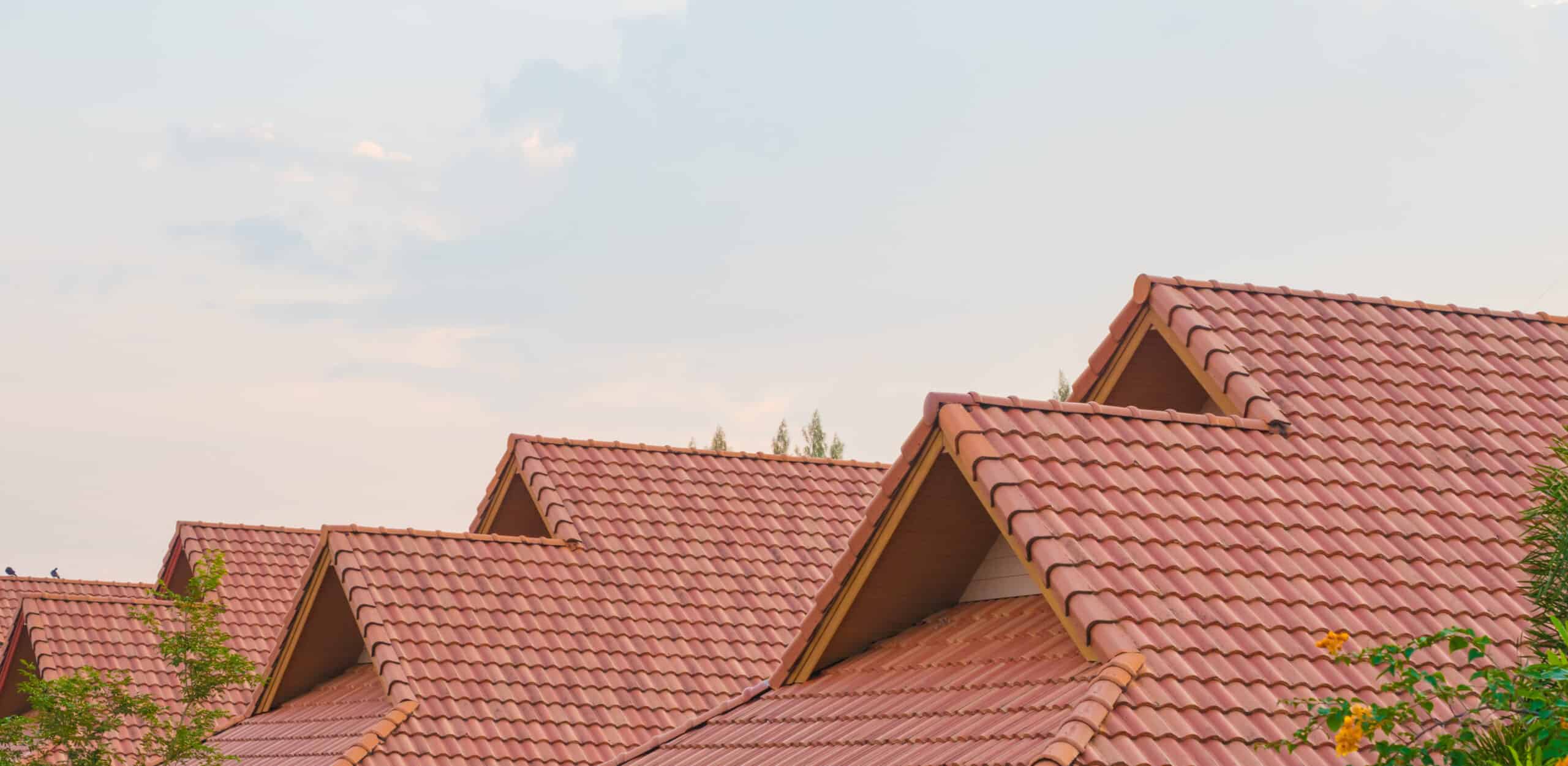The durability of tile roofs depends on a variety of factors that interact to determine their lifespan. Weather conditions play a pivotal role, with exposure to harsh elements like heavy rainfall, extreme heat, and freezing temperatures affecting the tiles over time. Proper installation by skilled professionals ensures that the tiles can withstand these conditions. Regular maintenance, including clearing debris and checking for cracked or broken tiles, also contributes significantly to extending the lifespan. Ventilation in the attic prevents excess moisture buildup that can compromise the tiles’ integrity. Moreover, the quality of the tiles themselves, along with their design and manufacturing process, affects their overall resilience.
The longevity of tile roofs varies based on the materials used. Clay tiles, renowned for their classic appearance, can endure for around 100 years with appropriate care. Concrete tiles, a more budget-friendly option, generally last between 30 to 50 years. Slate tiles, offering a touch of elegance, boast an impressive lifespan when well-maintained. Factors like climate and maintenance practices inevitably influence these estimates.
Signs of Deterioration in Tile Roofs
Visual Indicators of Tile Damage
As tile roofs age, several visual cues can help homeowners identify potential damage. Keep an eye out for cracked, chipped, or missing tiles, which not only compromise the roof’s integrity but also diminish its aesthetic appeal. Discoloration or fading of tiles might signal weathering and reduced protection. Furthermore, inspect the roof for any sagging sections, as this could indicate structural issues beneath the surface. Regularly scanning for these visual indicators can provide valuable insights into the health of your tile roof and inform timely maintenance or replacement decisions.
Detecting Leaks and Water Intrusion
Water intrusion is a significant concern with tile roofs and can lead to extensive damage if left unnoticed. Detecting leaks promptly is essential to prevent moisture-related issues within your home. Inside, be vigilant for water stains, peeling paint, or mold growth on ceilings and walls, especially after heavy rainfall. Outdoors, check for deteriorated flashing, which can be a common entry point for water. A thorough examination of your attic during or after rain can also reveal leaks before they cause substantial harm. Regular, diligent leak checks are integral to preserving the longevity of your tile roof and safeguarding your home’s interior.
Determining the Right Time for Replacement
Regular Roof Inspections and Maintenance
Regular roof inspections and proper maintenance practices play a pivotal role in gauging the optimal timeframe for replacing your tile roof. By scheduling periodic inspections, you can identify any signs of wear, damage, or deterioration early on. Addressing minor issues promptly can extend the lifespan of your tile roof and help you avoid premature replacement costs. During inspections, watch out for cracked or chipped tiles, water stains on ceilings or walls, and any buildup of debris in valleys or gutters. These telltale signs can indicate the need for closer attention or potential replacement.
Consulting with Roofing Professionals
Engaging with experienced roofing professionals is essential for accurately determining when to replace your tile roof. Their expertise allows for a comprehensive evaluation of your roof’s condition, factoring in variables like the type of tiles, climate impact, and overall wear. Roofing specialists can offer personalized recommendations based on their assessment, suggesting whether immediate replacement is necessary or if certain repairs and reinforcement could extend the roof’s life. Their insights provide valuable guidance in making informed decisions aligned with your budget and roofing needs.
Prolonging the Lifespan of Your Tile Roof
Implementing Preventive Maintenance Measures
To ensure the durability of your tile roof, proactive maintenance is key. Regularly inspecting your roof for any signs of damage, such as cracked or displaced tiles, can help you catch issues early on. Addressing these problems swiftly can prevent them from worsening and causing more extensive damage. Clearing debris, such as leaves and branches, from the roof’s surface and gutters can also aid in maintaining its integrity. Furthermore, keeping an eye out for algae or moss growth is essential, as they can deteriorate the tiles over time.
Enhancing Roof Ventilation and Insulation
Optimizing your roof’s ventilation and insulation can significantly contribute to its longevity. Proper ventilation helps regulate the temperature within the attic space, preventing excess heat buildup that can damage the tiles. It also aids in moisture control, reducing the risk of rot and mold growth. Insulation, on the other hand, ensures that your home’s interior remains comfortable while preventing the transfer of heat from the roof to the living areas. This balance of ventilation and insulation not only protects your tiles from extreme weather conditions but also helps you save on energy bills by maintaining a stable indoor environment.
Tile roofs stand as resilient guardians against the elements. Through diligent maintenance, regular inspections, and the guidance of seasoned professionals, the longevity of these roofs can be maximized. By detecting signs of deterioration early, addressing leaks promptly, and implementing preventive measures, homeowners can ensure their tile roofs endure the test of time while maintaining their charm and protective qualities.
Publisher’s Details:
Atlas Roofing
39899 Balentine Dr Suite 200 – #1007, Newark, CA 94560
To ensure you’re making an informed decision, Atlas Roofing provides a blog post on “What Are Some Good Questions You Should Ask a Roofer?” Also, if you’re seeking extraordinary roof repair services in San Ramon, CA, Atlas Roofing stands out with their top-notch solutions and unmatched expertise.


